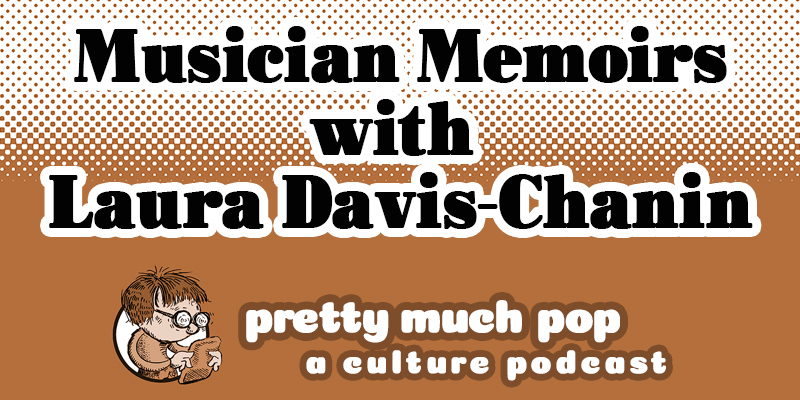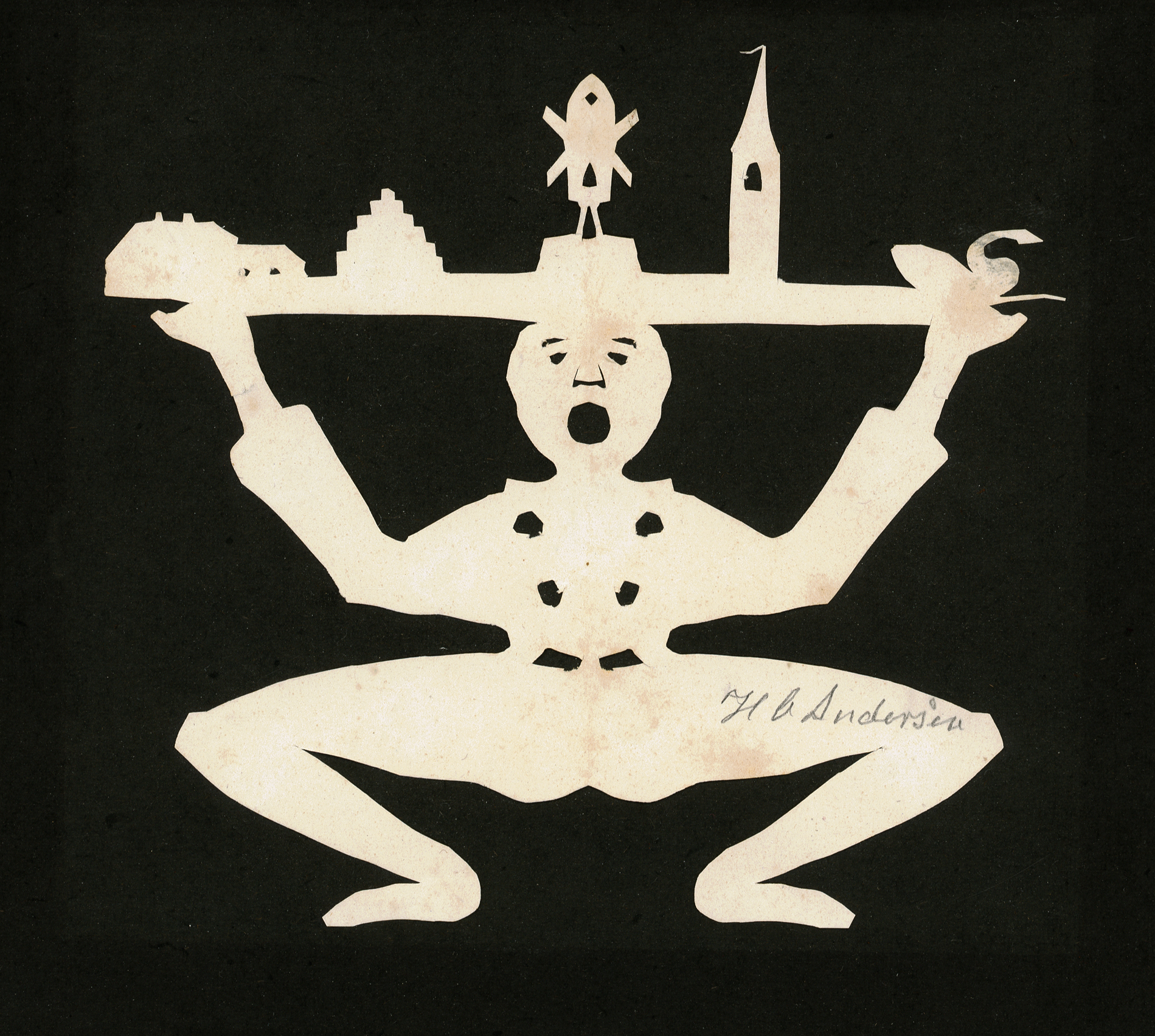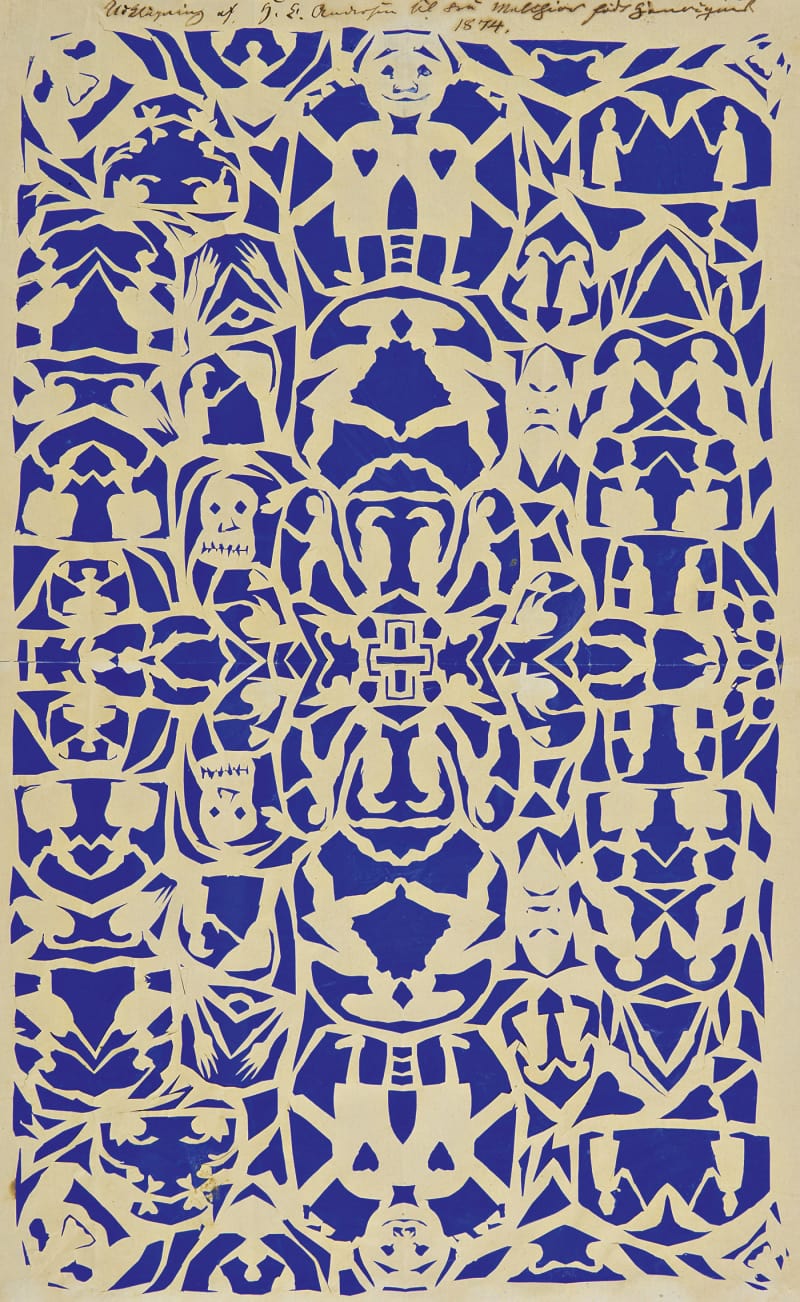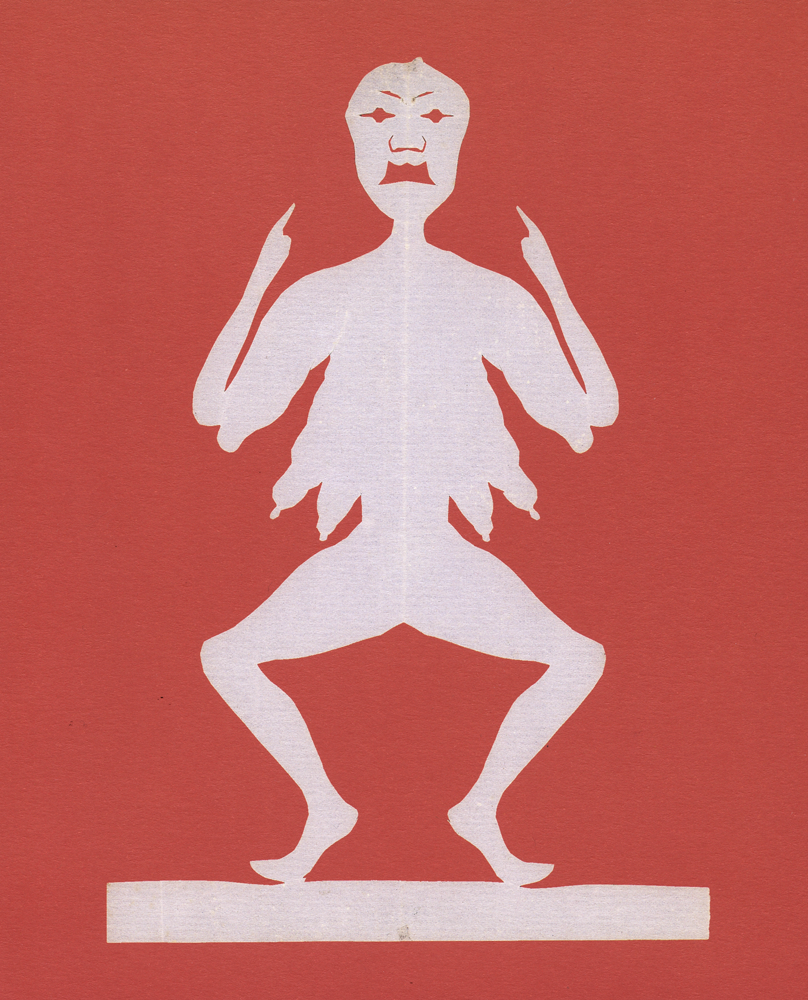Do metal singers take vocal lessons? Surely not the greats of old! Did Bruce Dickinson, Rob Halford, and Ozzy Osbourne take lessons? Or did they dive into the debauchery headfirst, screaming?
Iron Maiden’s Dickinson has been rumored to have received opera training. This is not true. Instead, he stole his vocal technique from his “dentist ex-girlfriend,” he says. “As an ex-pupil of the very prestigious Cheltenham Ladies’ College, she’d had quite extensive singing lessons, and she kept a notebook.” It changed his life.
Ozzy’s guitarist Zakk Wylde tells a funny story of the Black Sabbath legend’s wife Sharon ordering him up a coach… just once… a “man with a briefcase,” says the burly shredder, sent to take care of “our Joe Montana.” But Osbourne did end up working with a vocal coach, Kathleen Riggs, more regularly in later years.
Judas Priest’s Halford? He doesn’t mention a coach, but he does talk a lot about care and training. “My form of extreme singing,” he says, “it’s like a workout, you know…. Your vocal cords are muscles — they get burned out, they get tired.” As for his pioneering screams of over 40 years ago, he muses, “I sometimes think that’s a bit of a curse that I sang and recorded those certain songs so long ago, when I was a younger guy with a younger set of vocal cords.” He nearly wrecked his voice, he says, with cocaine and Jack Daniels.
It’s not opera, but metal singing is a seriously athletic activity and has only become more so as its vocals have grown more extreme, even if its fashion sense has not. As classically trained singer and actress Melissa Cross — the “Queen of Scream” — relates in the video at the top, she first became a metal vocal coach when a producer friend called her in dismay: the singers he was recording couldn’t get through a session without coughing blood.
Where did the metal scream come from, and why is it so prevalent if it’s such an unhealthy way to move one’s vocal folds day after day without training and technique? Vikings, Screamin’ Jay Hawkins’ “I Put a Spell on You,”; Led Zeppelin, Black Sabbath, AC/DC, and Judas Priest, of course… babies…. These are all points of origin for today’s extreme metal singing, say hosts LA Buckner and Nahre Sol in the PBS video further up.
The two talk to Cross about screaming without bleeding, and metal vocalist Natalie Kreuger talks about how warmups and opera-like breathing techniques are essential to maintaining vocal fitness. And if you need more convincing that metal singing requires serious power and stamina, take a look at the 10 longest live screams in metal, above. Let’s hope they all heed the example of the elder metal gods.
Related Content:
The Origins of the Death Growl in Metal Music
96-Year-Old Holocaust Survivor Fronts a Death Metal Band
Josh Jones is a writer and musician based in Durham, NC. Follow him at @jdmagness















